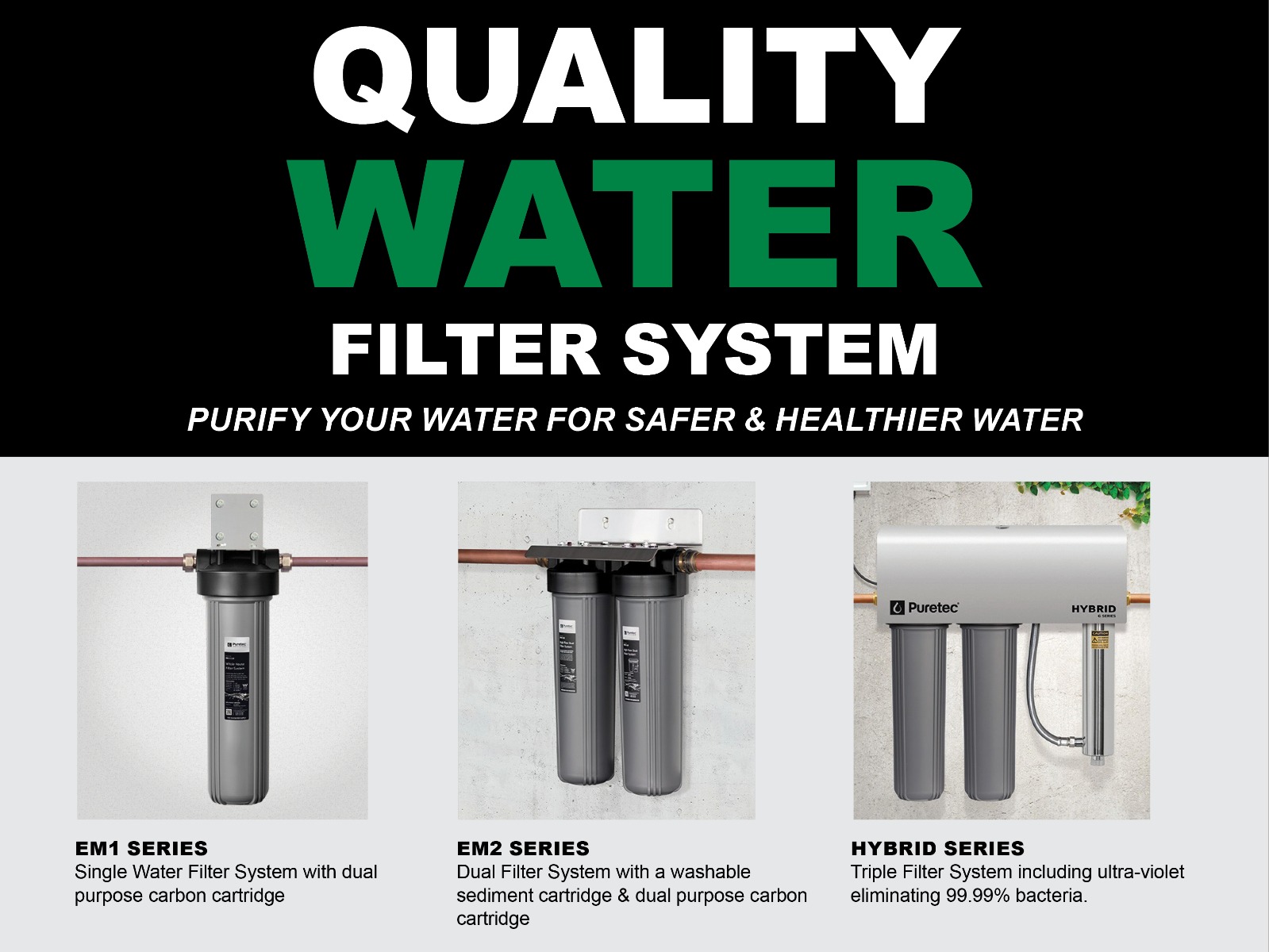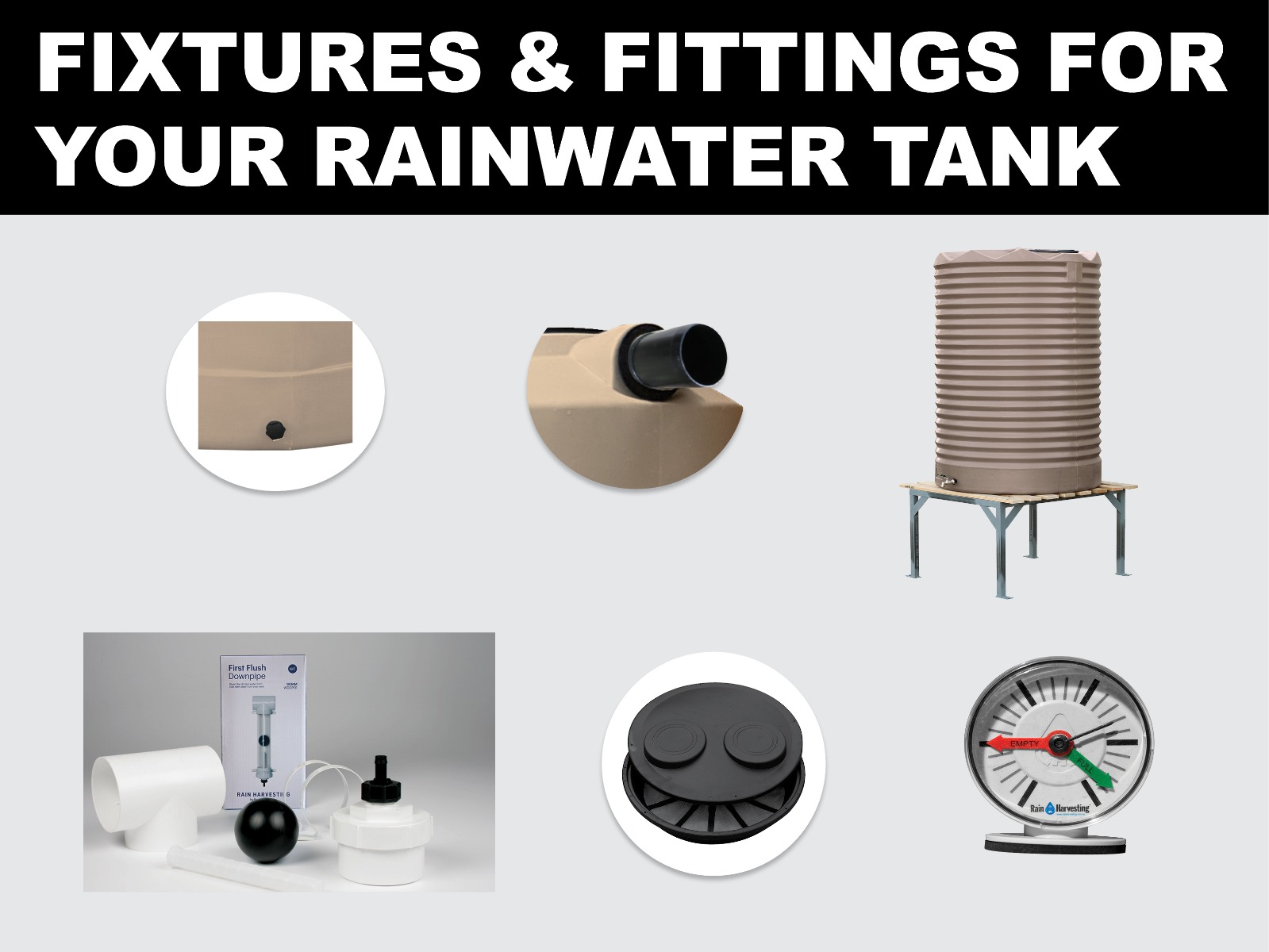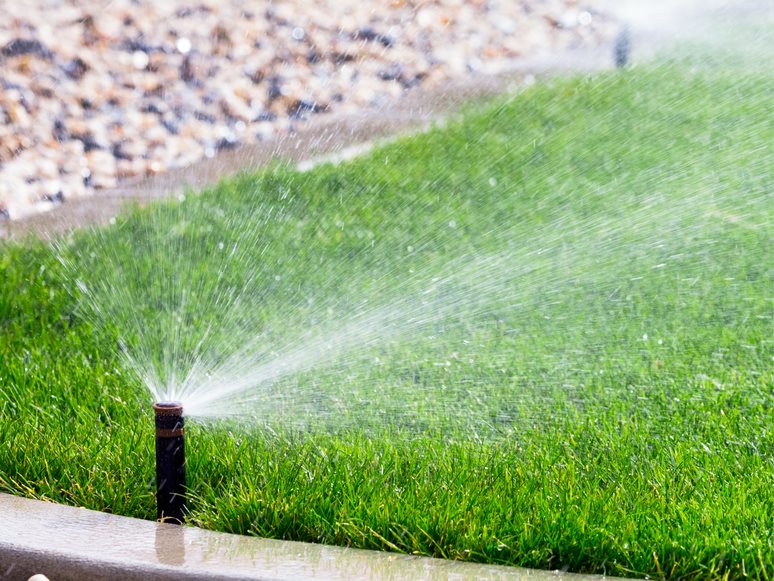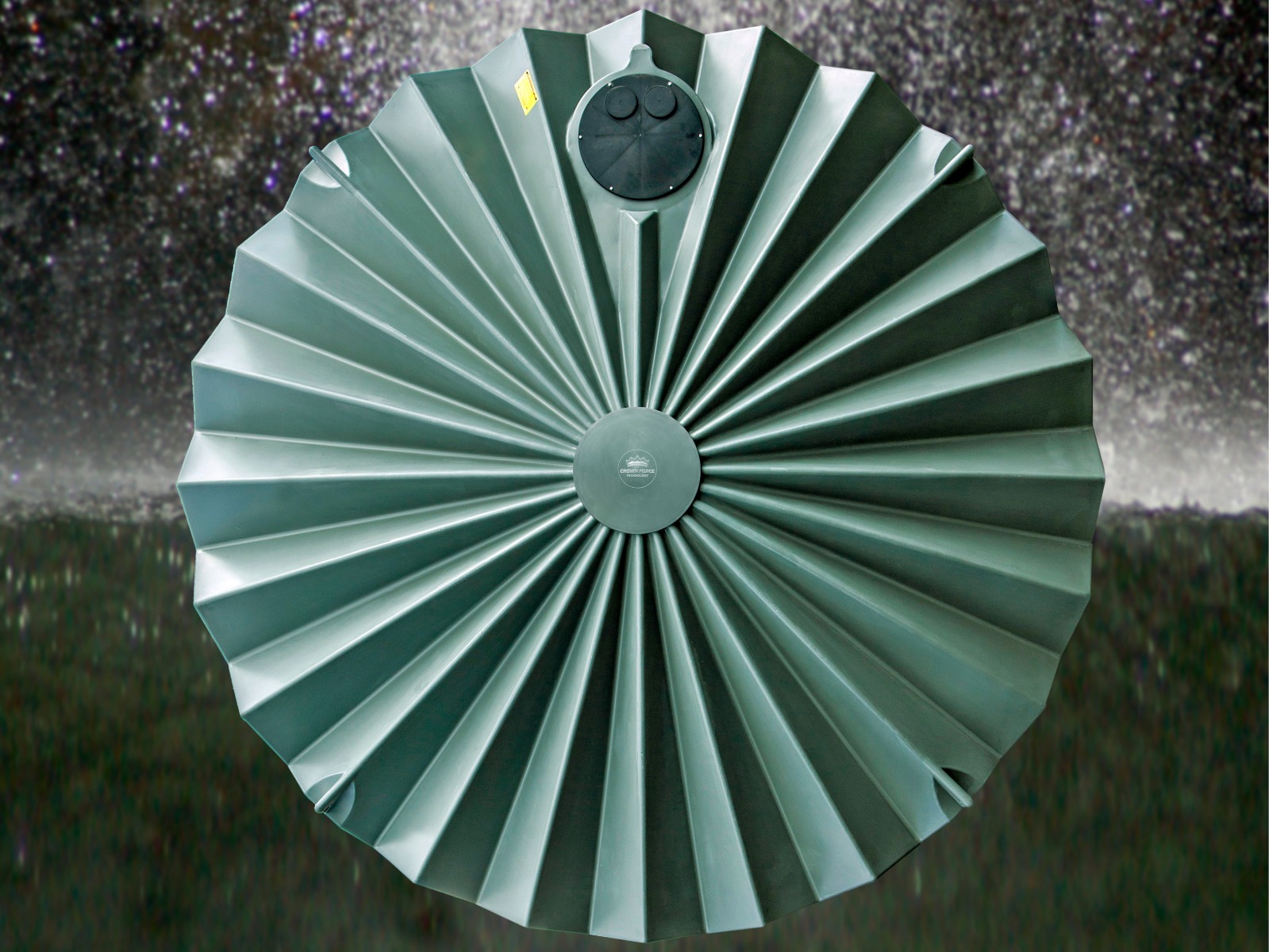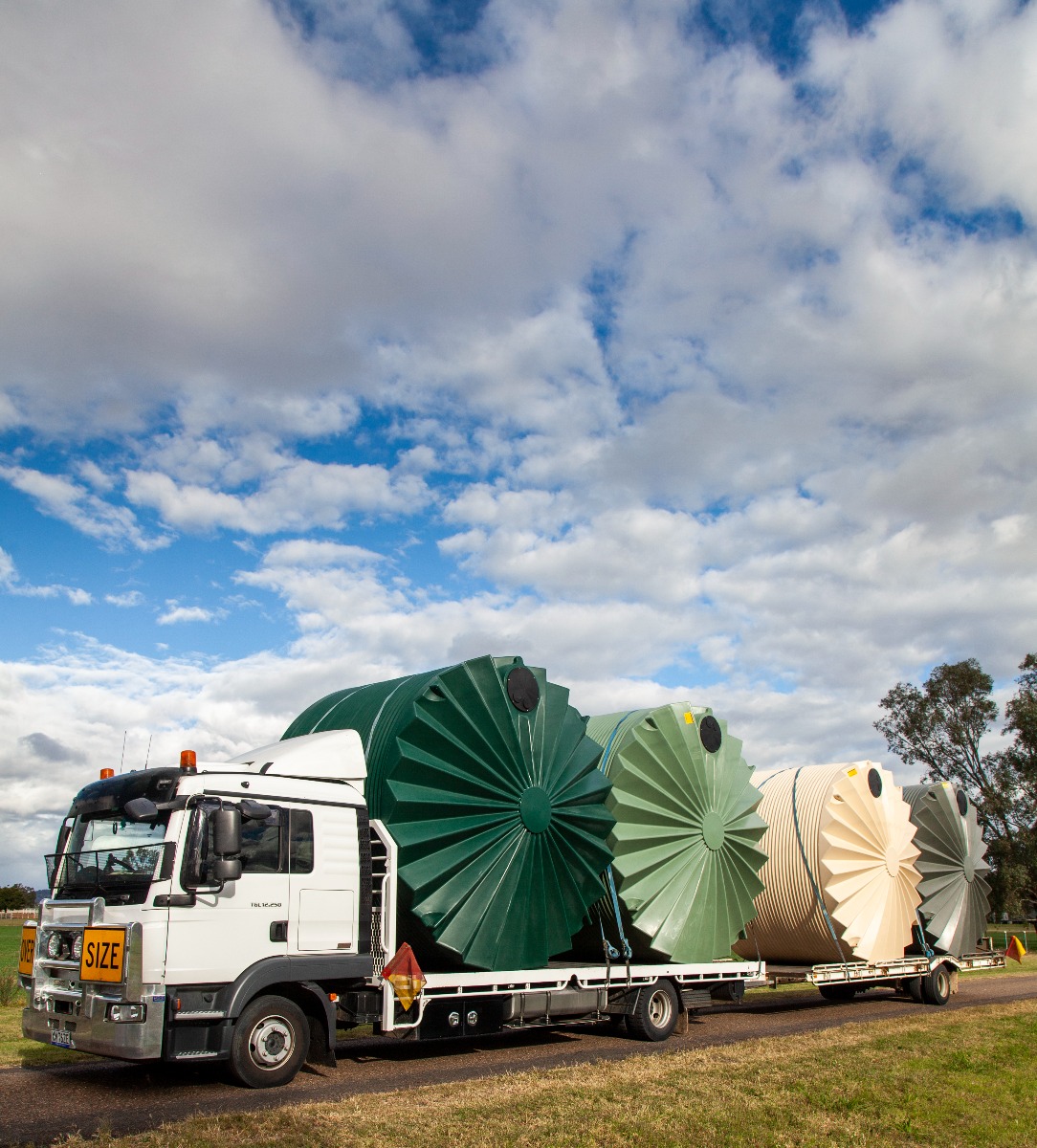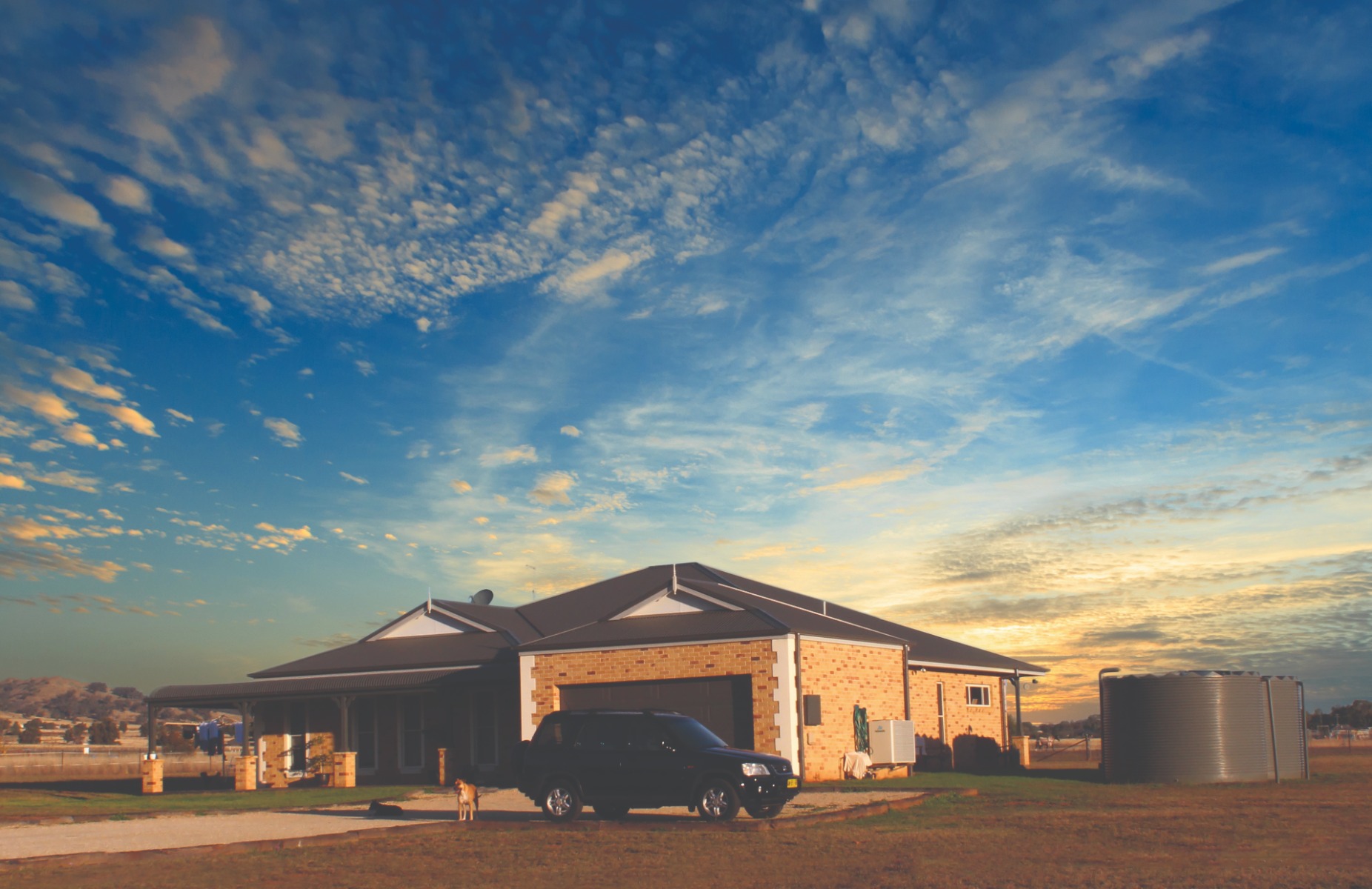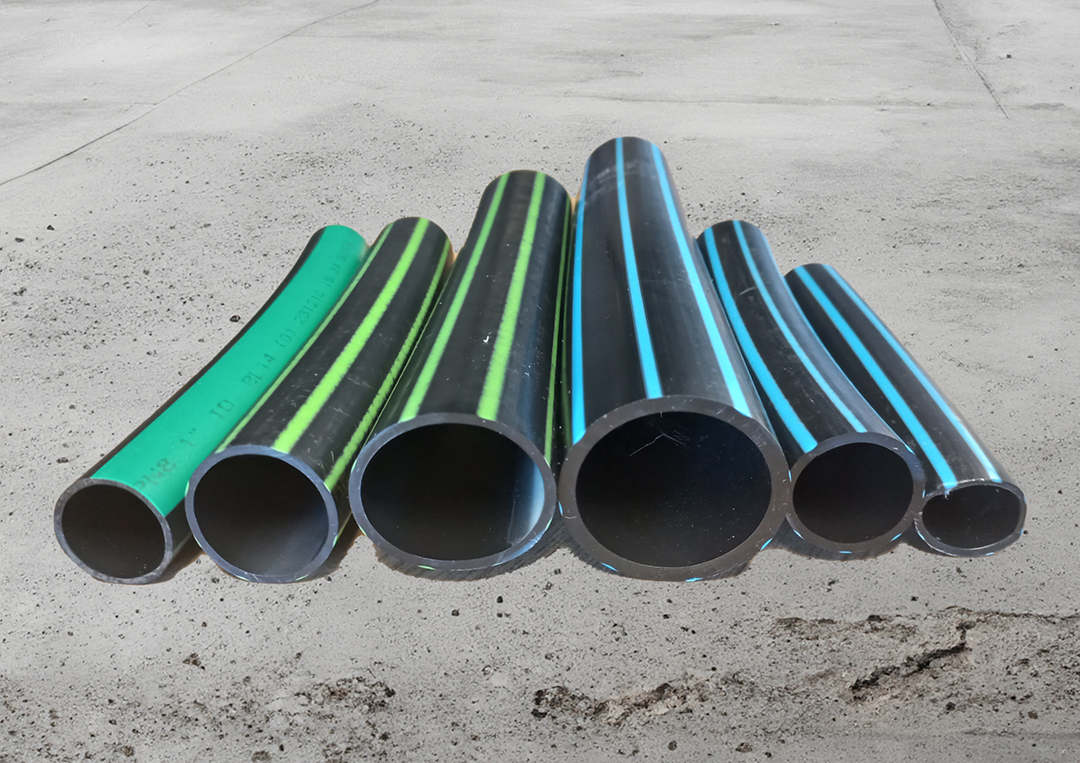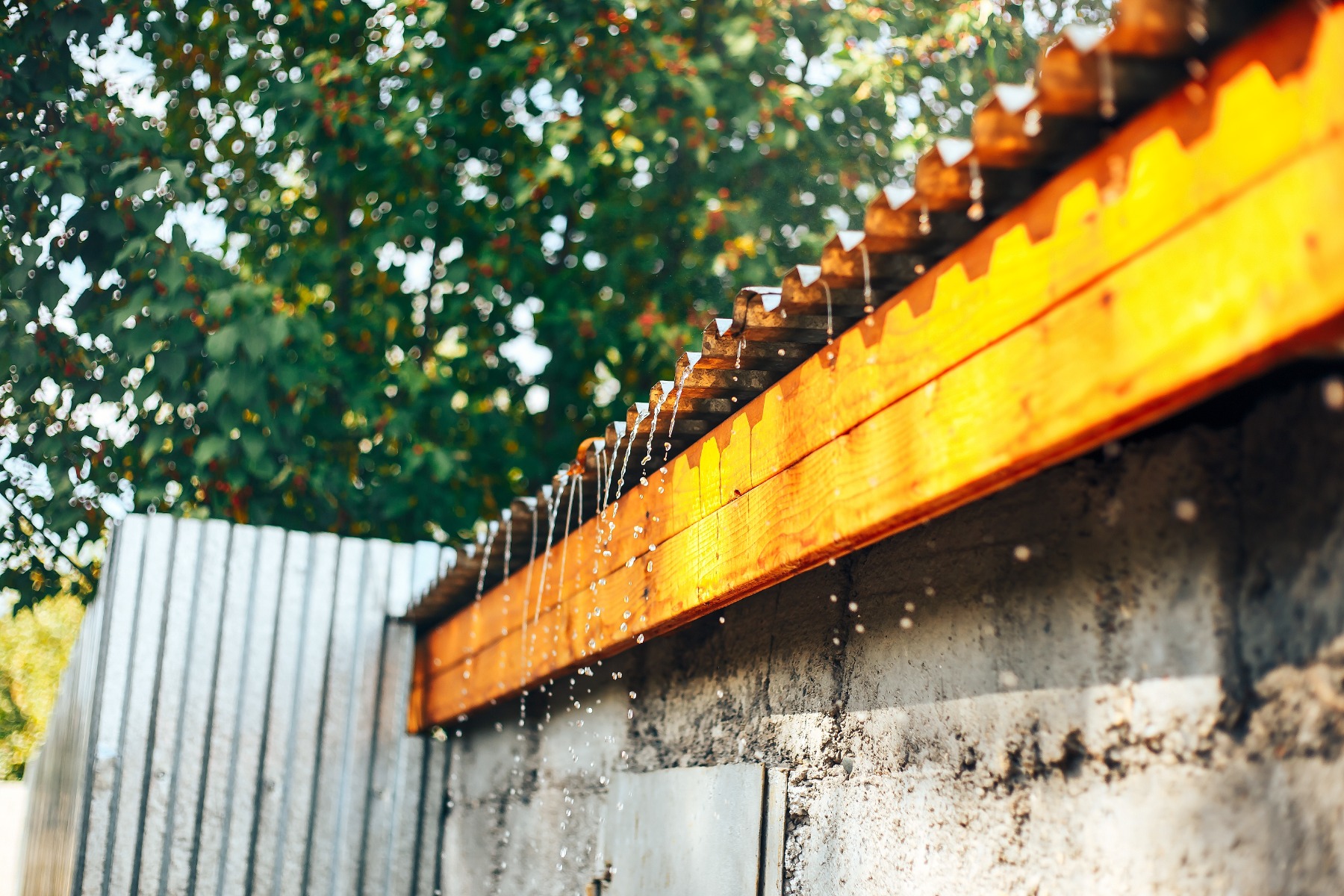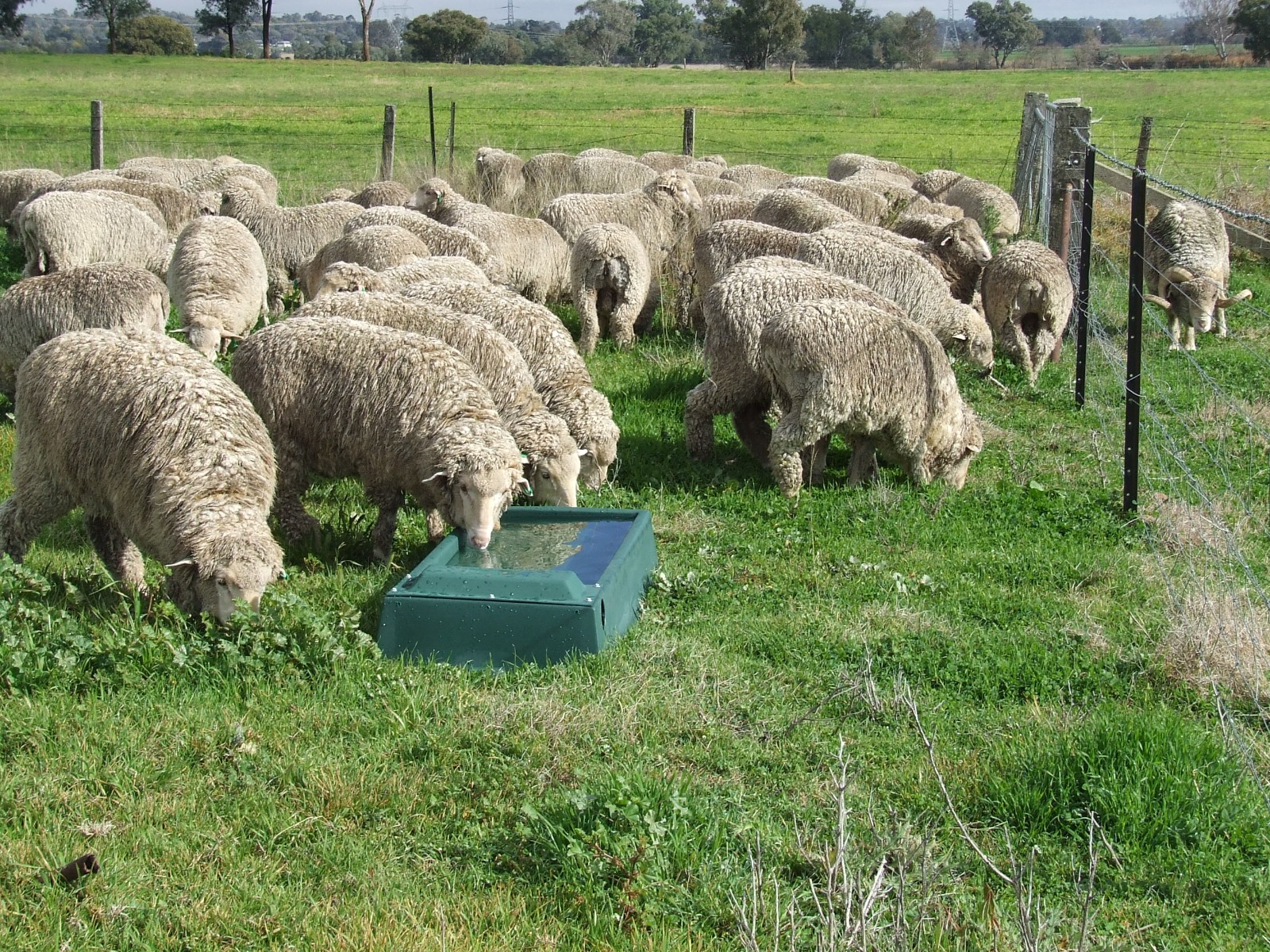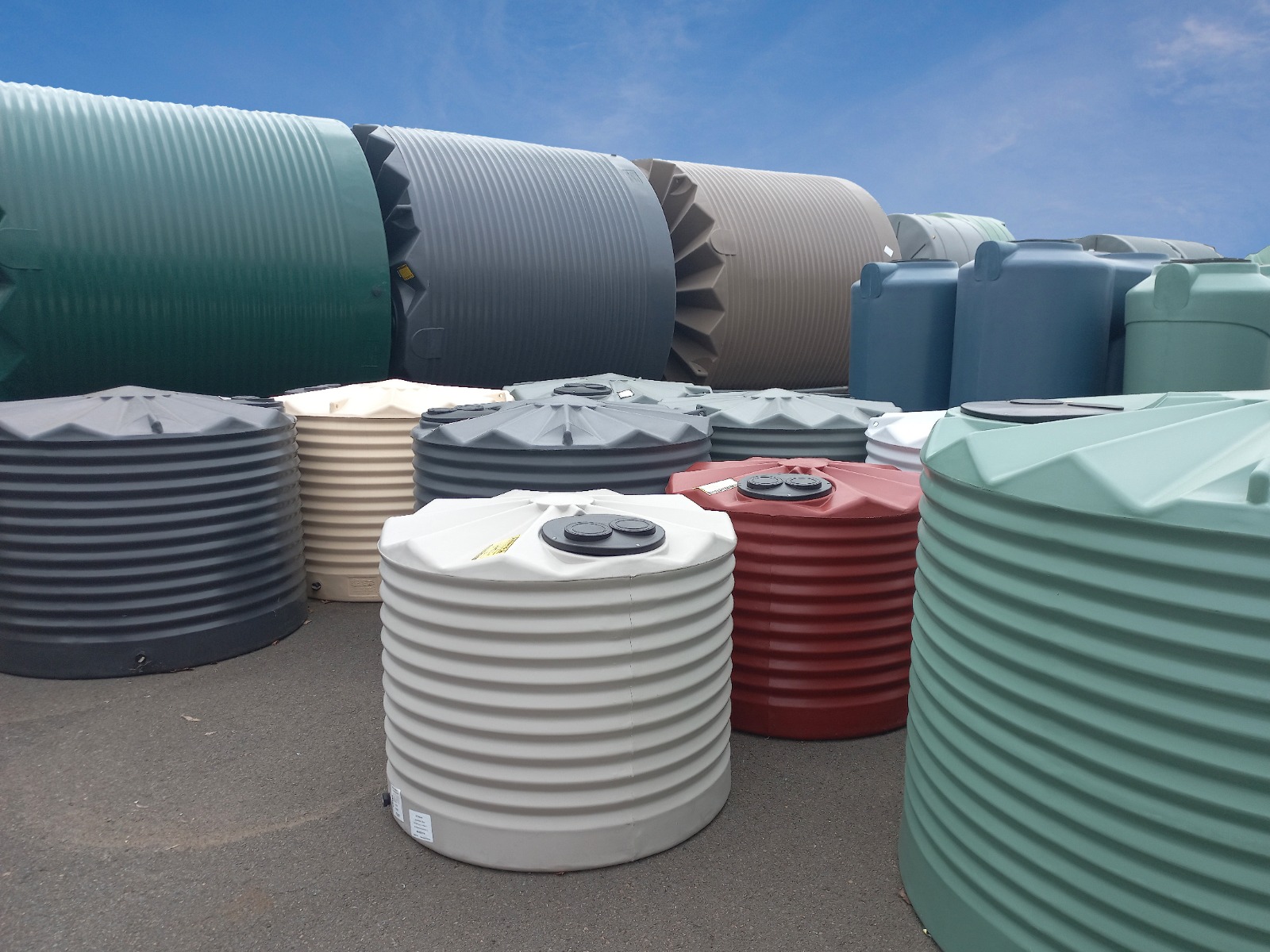If you are contemplating a rainwater harvesting system, before you do anything, you should always think about the end-game - what do you want to use the water for? This will determine the size and sophistication of the system and enable you to design and configure the system that will meet your goals.
If you want to use rainwater for domestic consumption, your first challenge is to minimise the amount of debris and contaminants that get washed into the rainwater tank. After a prolonged period of dry weather, the roof catchment area can be heavily contaminated with leaves, dust, pollen, decomposed insects and bird and animal droppings. If these contaminants are washed into the rainwater tank, they make the job of purification harder.
There are two key actions that can improve the quality of water being delivered to the tank. The first option is to install gutter guards that filter-out debris and contaminants that would otherwise be washed from the roof into the gutters and the rainwater tank. The second option is to install a first-flush diverter that prevents the contaminated water from entering the rainwater tank by diverting the water into either stormwater drainage or a secondary storage container. As a final line of defence, the rainwater tank should have a fine strainer on top of the tank to collect any debris that might get through.
The water collection set-up is finished with a tight-fitting dust lid that keeps out wind-blown contaminants, prevents sunlight entering the water tank and inhibits algae growth and serves as a physical barrier to mosquitoes that lay their eggs in still water. A rainwater tank is fitted with an overflow that directs water a few metres away from the tank when full. It is important that the discharge-end of the overflow pipe is fitted with an overflow screen that is a barrier to small animals such as frogs and insects.
If the water is for domestic consumption, it is recommended to treat the water between the rainwater tank and the household tap.
The treatment system should target the removal of contaminants and any harmful pathogens that have the potential to cause illness. In some situations, specialised treatment might be required to improve taste and odour.
For domestic rainwater consumption, a triple system of prefilter, fine filter and UV filter is recommended. Different filters are rated for different flow capacities, so you’ll need to ensure that you select a filter array that has a flow rate capacity that is equal to or better than the output capacity of your pump. The UV filter uses ultraviolet rays to penetrate harmful pathogens and destroy illness-causing microorganisms by attacking their genetic core. UV filtration kills 99.9% of bacteria and is environmentally friendly and chemical free.
If your tank water has been unused for a while and you are concerned about using it, a disinfectant treatment is a good idea. Tank water disinfectant is a tasteless, odourless and safe alternative to harmful chemicals such as chlorine, and can kill up to 99.9% of all germs, bacteria and viruses in stored water. Unlike chlorine which dissipates quickly, tank water disinfectant has a residual effect and will protect water for up to 2 months after application.
Finally, despite your best efforts, some sediments will enter your tank and settle to the bottom and may result in off-tastes and odours. It is recommended that tanks should be examined for the accumulation of sediments every 2 or 3 years. If there is a build-up of sludge, this can be removed without emptying the tank or the tank can be emptied if a more comprehensive clean is required. This might be a task that you’d like to get a specialist to do, and tank cleaning contractors are easy to find.
Ready to find out more? Talk to our expert team to find out how to configure your rainwater collection system to create sparkling clean drinking water your family will love. Call our team on 1800 816 299 or email sales@rapidplas.com.au with your enquiry.


